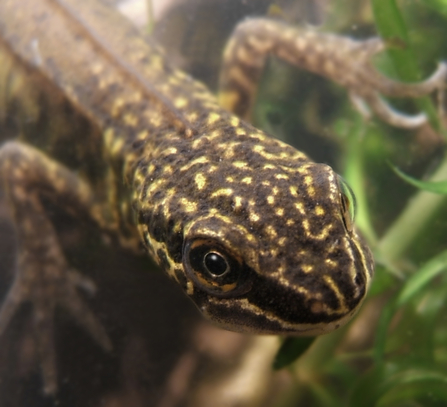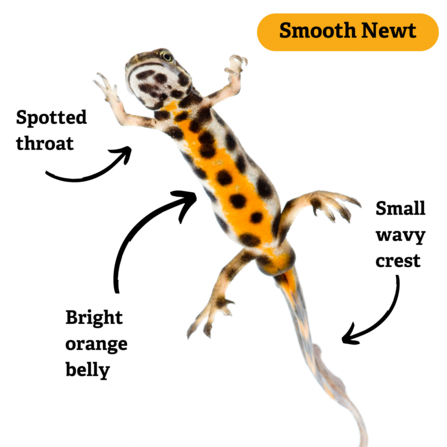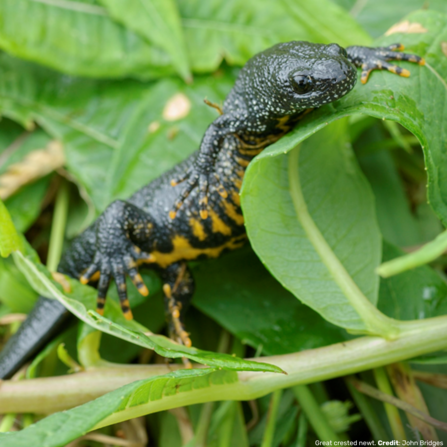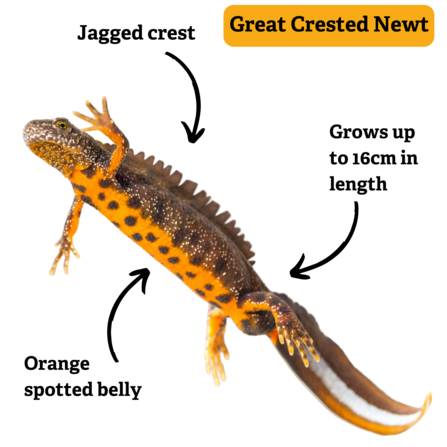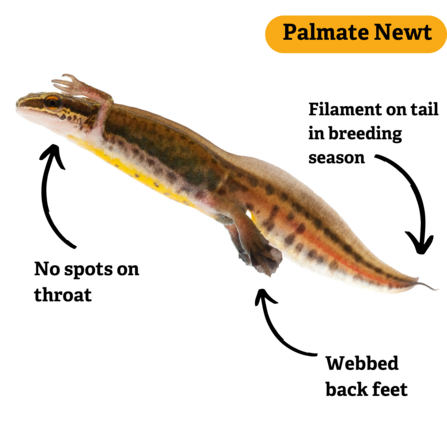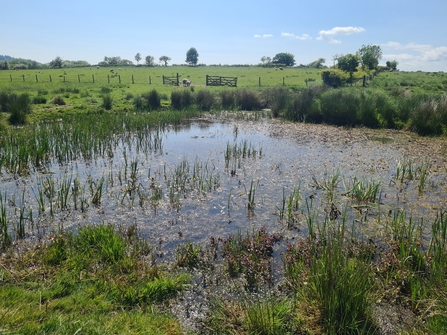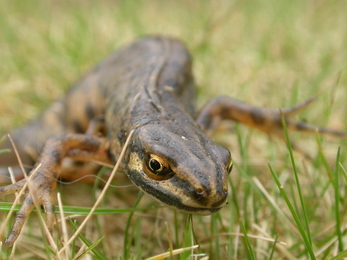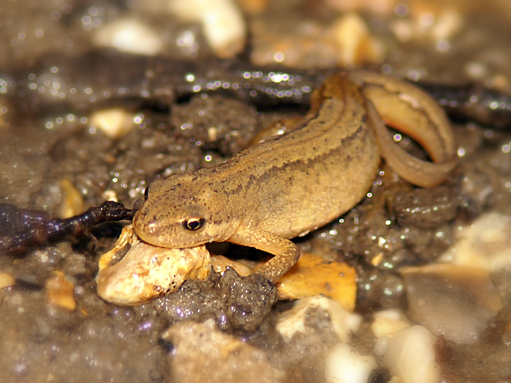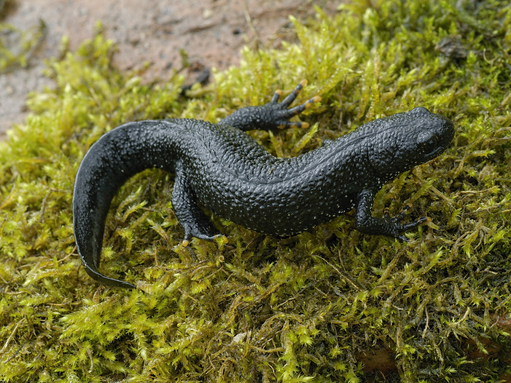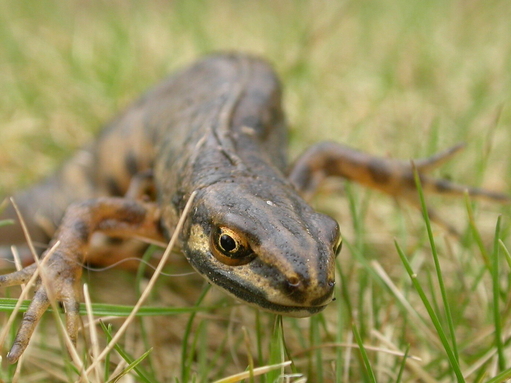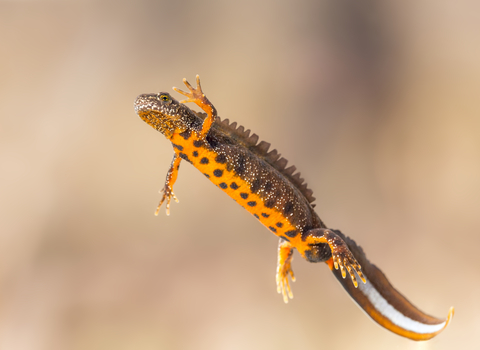Do you know your newt?
There are 3 native species of newt to the UK, and with a steep decline in their numbers in recent decades, we share our newt knowledge so you can identify and create your very own dragon's den for the noble newt.
Newts are important species for the eco-system. They secrete toxins from their skin, which provide nutrients which they then cycle between water and land.
Newts also have the ability to regrow limbs and organs, making them a subject of study for regenerative science.
We’ll show you how to invite newts into your neighbourhood by creating a pond and making small but real changes to your outdoor space.


